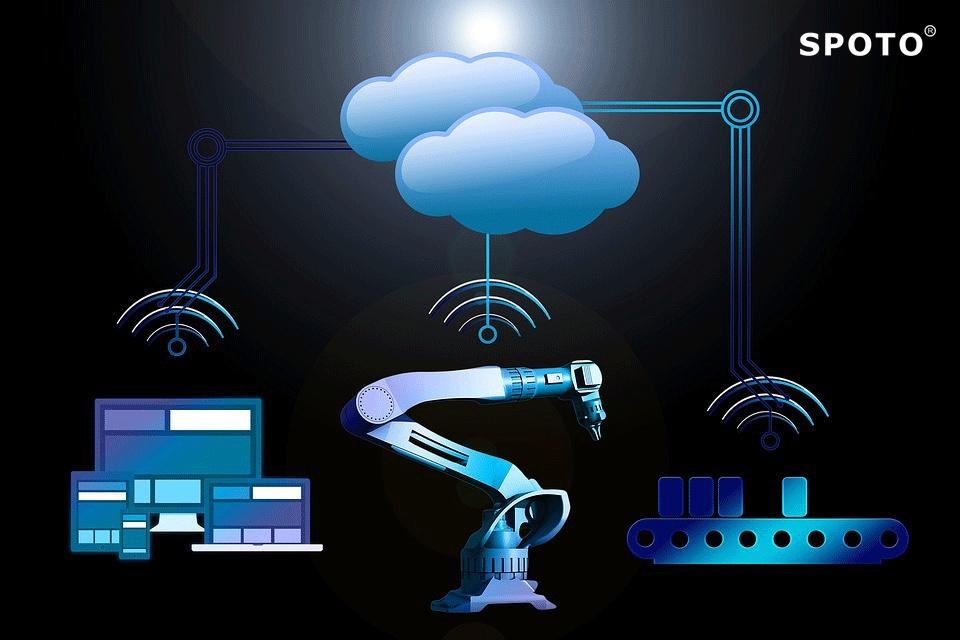CCIE Routing and Switching Lab certification would be designed for the network professionals, managers, senior network engineers as well as architects who would be responsible for the implementing and troubleshooting today’s complex converged networks in environments of enterprise networking.
TS Topologies
Many vendors utilize lab topologies for all their labs. Most of the topologies would have 4 switches and 9 routers. 3 of the routers could be considered as the backbone routers, pretty much the same as what you could expect on the CCIE R&S lab exam. The backbone routers are to be pre-configured and out of your control. They are used to inject routing information as well as some other neat tricks.
GNS3
GNS3 is considered to be a great emulator and it would be quite useful when you are studying for CCIE R&S. This is considered as great to use when you wish to create some of your own labs or topologies while you are studying something on your own. It wouldn’t be recommended to use it for building one of the vendor topologies for the following reasons:
• GNS3 doesn’t support switches, only routers. The closest thing that you could get to switching is using a switch module in a router but it would only support a fraction of the commands that you might need for the CCIE R&S lab. You could get around this by connecting real switches to your GNS3 routers. This is done with the help of the breakout switch or with multiple network cards.
• GNS3 support for IOS 15.x is quite limited. It is believed that only the 7200 routers would be able to run IOS 15 in GNS3, some of the other routers like the 3725 wouldn’t be able to do it.
• You would need quite some memory. Each router would consume about 256MB so with 9 routers so you would need more than 2GB of RAM in order to run a large topology.
• There are some bugs in GNS3 as it is emulator after all. There used to be some problems with NTP and Multicast. It would really quite disturbing when something is not working only to find out that your configuration is correct but GNS3 is not acting properly.
IOU (IOS on Unix)
Cisco doesn’t utilize real hardware anymore for the R&S lab or some of their rack rentals. IOU, otherwise known as IOS on Unix, is what they would be utilizing now. Basically, it’s an emulator, like GNS3, which would be running on Unix or Solaris but doesn’t utilize as many resources. There’s also IOL, otherwise known as IOS on Linux, which would be running on x86 and Linux. Someone created web-IOU, which is a frontend for it.
IOU supports routers as well as also has some layer 2 images that would be supporting switching commands. Not everything would be supported but for switching it is considered to be better than GNS3. Right now Cisco hasn’t officially released IOU to the public and it would also have some bugs. It is possible that this might be considered as the future of CCIE home labs.
Cisco VIRL
Cisco’s emulator is called VIRL and it would be supporting the emulation of routers and switches since April 2015. VIRL would be considered as a nice replacement for GNS3. Routing & switching would provide support out of the box and it would run IOS 15.x. This might be considered as an option but you would have to see it for yourself.
Now, if you wish to learn more about these topologies, it would be recommended to get yourself enrolled in some good training courses, like that offered by the SPOTO. It is the one-stop destinations for all the IT related Certification Training.

 Join Telegram Study Group ▷
Join Telegram Study Group ▷














